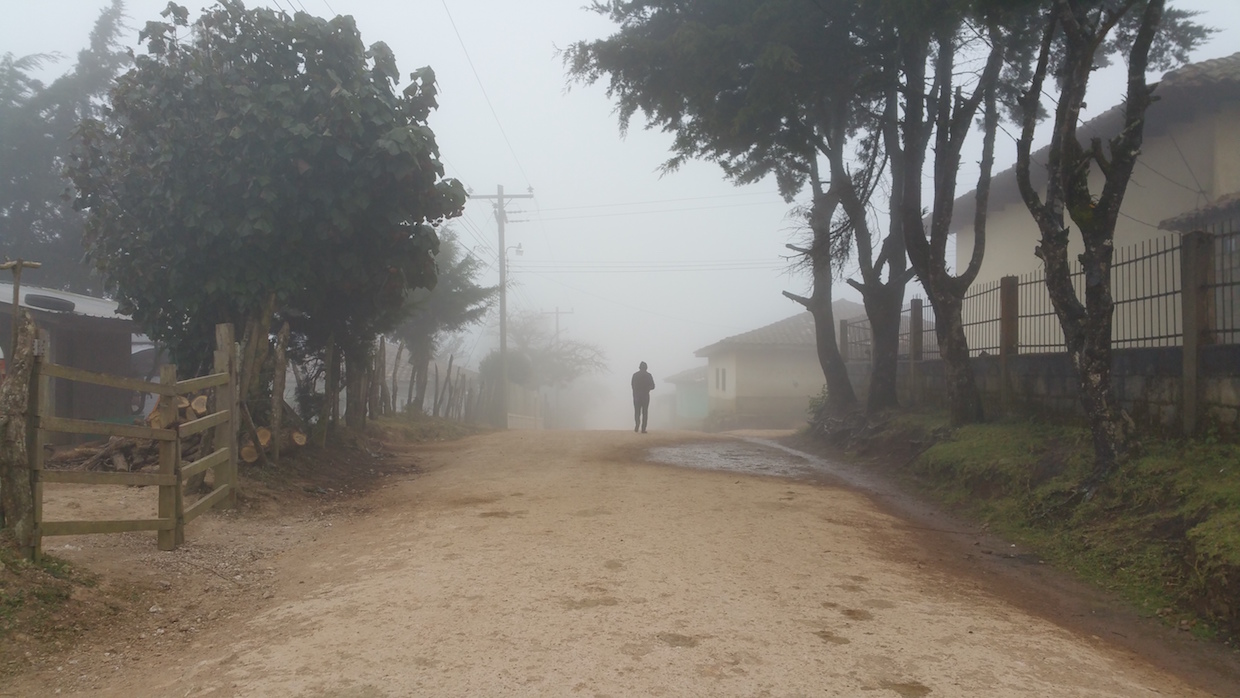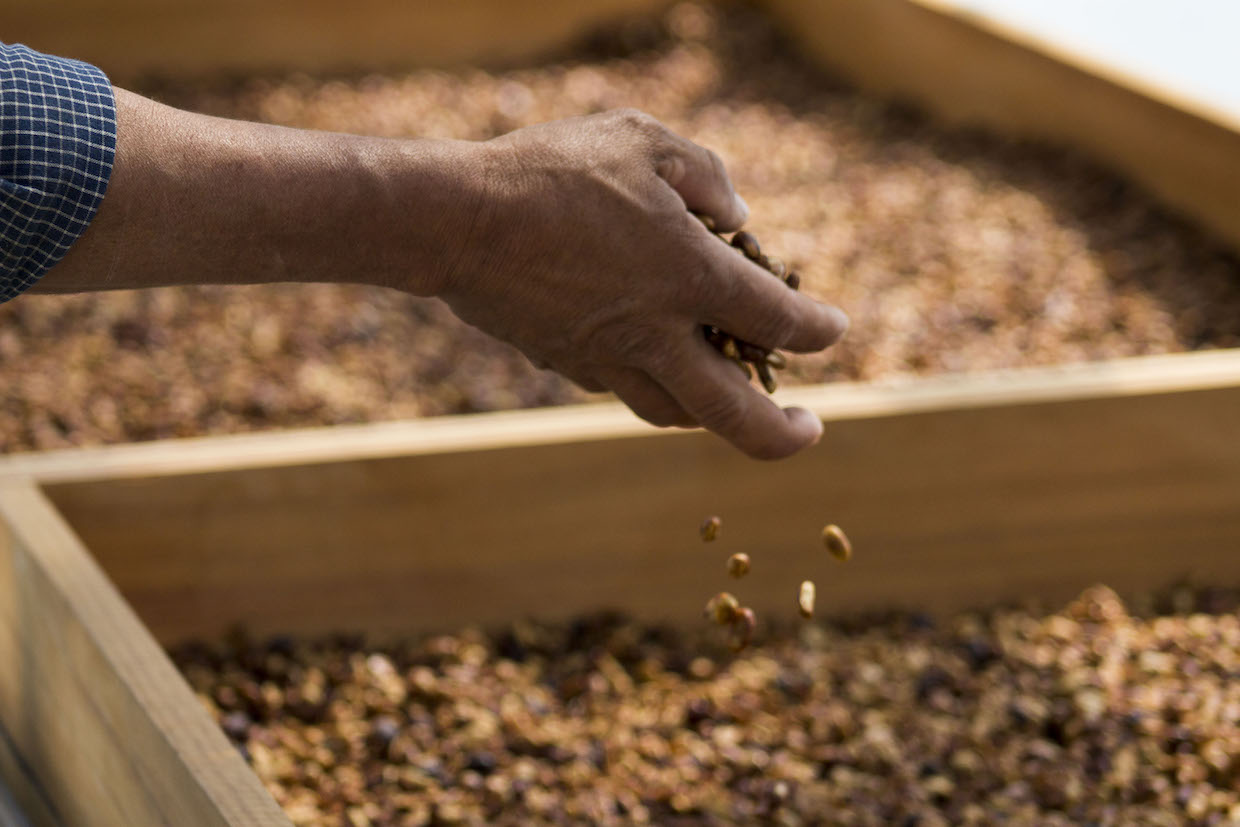As might be expected, the topic on many people’s minds this year was coffee prices, which for much of the year sat at woefully unsustainable levels.
Like weather-related events, the massive leaf rust outbreak throughout Mesoamerica in the earlier part of this decade, or political instability, prices on the commodities market represented an imminent threat to many millions of smallholder coffee farmers throughout the year.
Given such a situation, it’s natural to want to propose solutions — be they related to structural changes to the market, changes to government regulation, or changes that might be made by individual actors on the roaster/importer/buyer side to build a more sustainable and just supply chain. Yet looking back at 2019, we see far fewer heavy-handed, one-size-fits-all solutions, and much more introspection.
Earlier in the year, Jan von Enden, the past general manager of Hanns R. Neumann Stiftung North America, shared the famous quote from Upton Sinclair, “It is difficult to get a man to understand something when his salary depends on his not understanding it.”
With that, we share some of DCN’s top sustainability columns of 2019, with a hearty thank you to all the contributors who were willing to step out on the line and speak a little truth to power:
Opinion: Coffee is Getting Cheaper, and That’s Bad News
Anyone who enjoys good coffee — the kind that comes in a bag, not in a can — knows a pound of quality beans will set them back by more than $10. But ask how much of that money goes to the farmer who grew those beans, and they might be surprised, even troubled, by the answer: Less than 70 cents…
Are Low Prices Fueling Displacement? A Closer Look at Coffee and Emigration
If farmers can’t — at minimum — break even with their costs of production, they will very likely abandon the crop. There’s plenty of anecdotal evidence these days to suggest that many are even choosing to completely abandon their farms.
Forget climate change, a new rust outbreak, or other relatively long term crises; with coffee prices on the C Market in a 3-year downward trend, having spent the entirety of 2019 under $1.20 per pound and the near-majority of it under a dollar, there is an ongoing concern for the viability of coffee in the near future…
Big Thoughts Abound in ‘A Little Podcast About Price Transparency’
Two of the biggest minds around the specialty coffee industry have tackled one of coffee’s most complicated, misunderstood and timely topics in a new miniseries called “A Little Podcast About Price Transparency.”
The project resulted from a series of casual conversations between show producer, host and journalist Ever Meister and Chad Trewick of the consultancy Reciprocafé.
Opinion: An Anti-Greenwashing Checklist for Coffee Practitioners
I spend a lot of time trying to understand how the coffee sustainability sector, which I know firsthand is full of smart, ambitious, well-intentioned people, so often falls short of our collective goals. My colleagues and I care deeply about making change, so why does it feel that the greatest challenges that coffee faces are beyond our grasp?…
From Procurement to Co-Branding: A Future for Coffee (Part 1)
In this two-part article, we will suggest possible ways to achieve a more balanced relationship between coffee buyers — whose responsibilities for procuring coffee are evolving — and farmers or origins who are willing to engage in longer term and continuous improvement processes that focus on knowledge, quality and transparency.
We also lay out pathways that could help forge longer term relationships between origins and brands at a larger scale, shifting from market-driven value chain governance to a relational governance that improves the producers’ abilities to capture additional value…
Unraveling the Mystery of Coffee Prices: One Roaster’s Journey
When I started a small roasting company six years ago in Salt Lake City, Utah, I was surprised by how often I had to field these questions:
“Is this coffee Fair Trade?” they’d ask. “Is it organic?”
It annoyed me a little bit. Did my customers really know the intricacies and differences between concepts like “direct trade” and certifications like Fair Trade, organic, Rainforest Alliance, Bird Friendly and UTZ? Or did they just want to see a label to make themselves feel good without having to do any of the mental labor?…
Innovations At Origin: Water Smart Agriculture — Agua Y Suelo Para La Agricultura (ASA)
In coffee projects around the world, best practices and increasing yields are often the lynchpin in the strategy to improve smallholders’ livelihoods. By definition, a smallholder has a small tract of land, so the logic goes that to compete they need to maximize their production…
“I Built Everything”: Farmers in Honduras Fight for Their Coffee Lives
Hidden in the crevices of lush hills and long dirt roads, a diamond in the rough is found at the top of the Capucas mountains in Copan, Honduras.
Café Capucas Co-op (Cooperativa Cafetalera Capucas Ltda.) is a community and generational coffee cooperative made up of local coffee farmers and their families. The organization was built by coffee growers for coffee growers with the goals of improving business practices, farming techniques, financial stability and quality control and maintenance…
Opinion: Fair Prices Desperately Needed to End Coffee Farmer Poverty
Long championed by governments, private companies and nonprofits as a means of driving development, coffee has become one of the world’s most traded commodities. But while both consumer demand and prices have continued to increase, and coffee companies have registered record profits, the engines of this $200 billion industry — many of the world’s millions of coffee farmers — go to bed hungry, every night. This has been going on for decades.
A Case Of Two Coffeelands And An Unexpected Conclusion
Although the Mesoamerican coffeelands (Central America and Southern Mexico) are a relatively compact geographical region, they contain a diversity of coffee production systems — agroecologically and organizationally.
Comment
1 Comment
Comments are closed.











I love coffee. Served in Southeast Asia while in the US Air Force and met with coffee growers in Laos, on my return home, I was always looking for that same flavor. It took almost thirty years to get that back. I think coffee from that region along with Columbia coffee is a great mix. I hope someone else will compare and give their opinion.